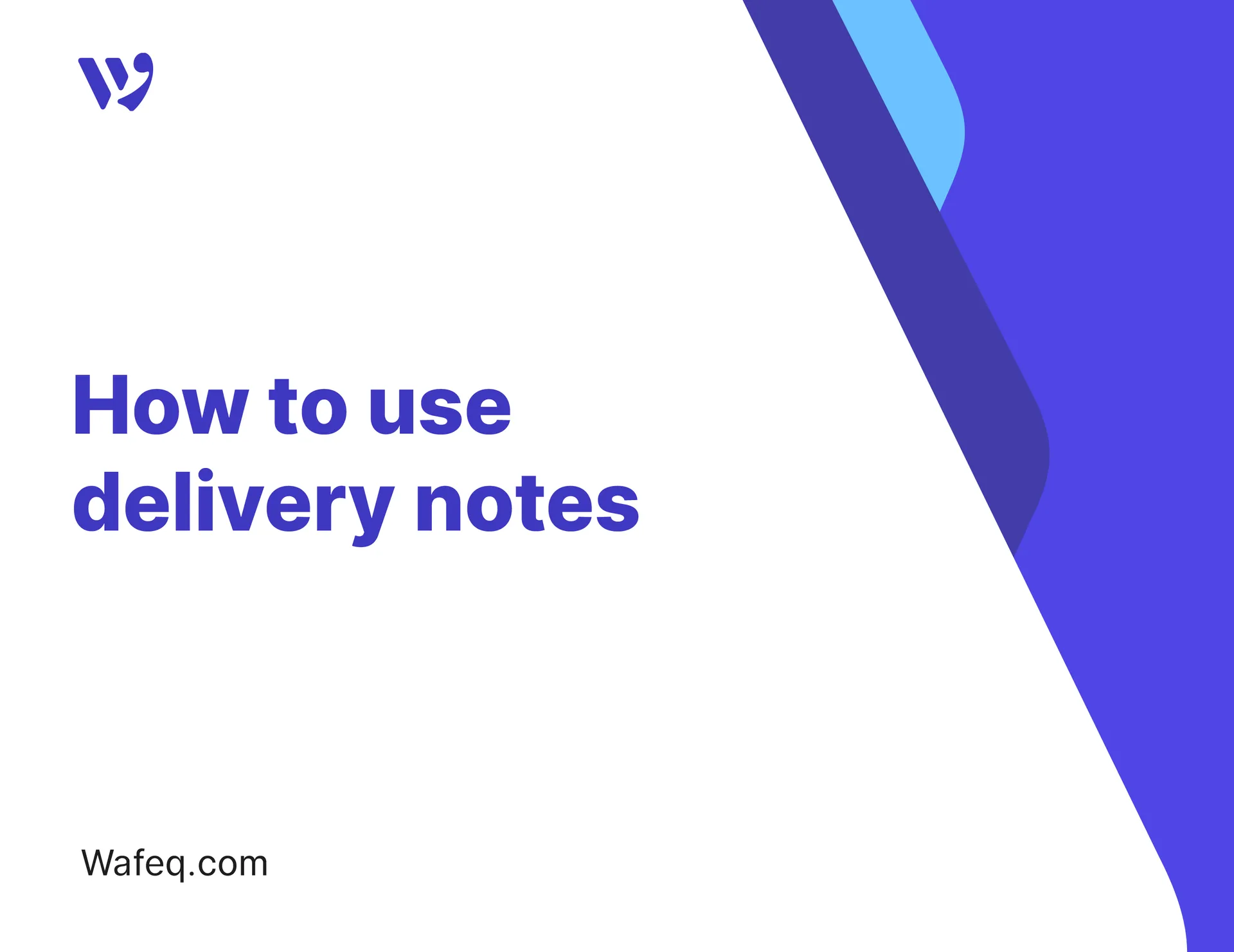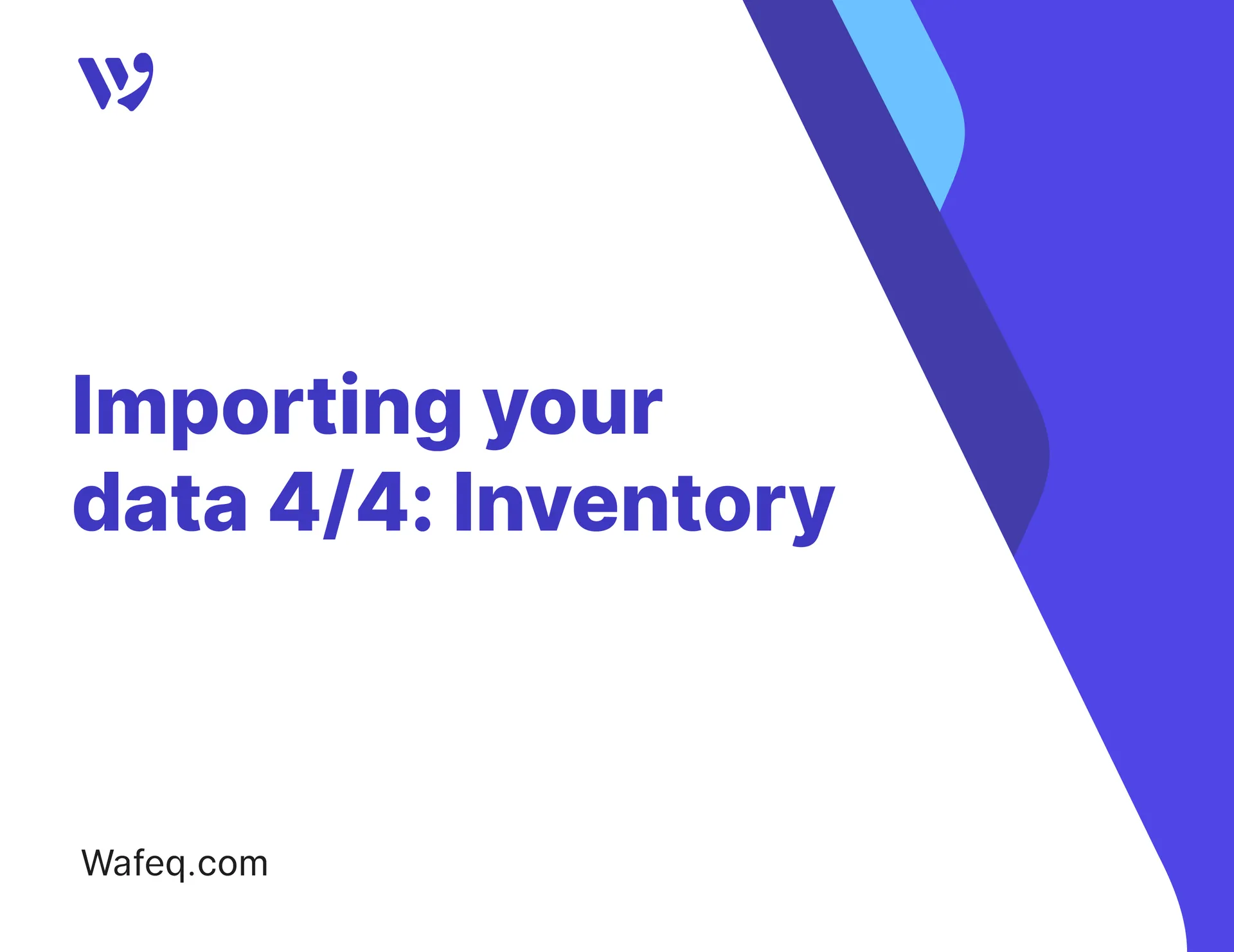How VAT works in Wafeq

Wafeq offers an automated system for calculating Value-Added Tax (VAT) on sales and purchase transactions, ensuring accurate VAT recording and seamless generation of the VAT return at the end of each tax period.
This guide explains how VAT is handled in Wafeq, including the difference between Output and Input VAT, and how each is recorded automatically when issuing invoices.
What’s the difference between Output VAT and Input VAT?
- Output VAT is the tax you collect from your customers when selling a taxable product or service.
- Input VAT is the tax you pay on your purchases, which you can later deduct from your VAT payable to the tax authority.
Recording output VAT in a sales invoice
To issue a sales invoice that includes VAT, go to Sales from the main menu, then click on Sales Invoices, and click the Createbutton.
Enter the invoice details and select the applicable VAT rate.
Example:
Example:
If you issue an invoice for 1000 SAR of 15% VAT, Wafeq will automatically record the following:
Sales = 1,000 SAR
VAT = 150 SAR
This VAT amount will be added to the VAT account.
Recording Input VAT from a purchase bill
To record a VAT-applicable purchase bill, go to Purchases"from the main menu, then click on Purchase Bills, and click Record.
Enter the bill details and select the applicable VAT rate. Wafeq will automatically calculate the input VAT and deduct it from the net VAT payable to the authority.
Example:
Example:
Purchases = 500 SAR
VAT = 75 SAR
This amount will be deducted from the VAT account.
Calculating VAT
Wafeq automatically records all VAT-related transactions in the VAT account, which is listed under Liabilities.
To access this account, go to For Accountant from the main menu, then click on Chart of Accounts.
Next, click on the Liabilities folder to view the VAT account.
You can also view all transactions linked to this account by navigating to Reports from the main menu, then clicking on General Ledger.
From there, click on the Filter button and select the VAT account to display all related transactions.
Clicking on the source of any transaction will take you directly to it, whether it's a sales invoice, purchase bill, manual entry, or any other.
How does Wafeq display calculated VAT at the end of the period?
After you record your daily transactions — including sales invoices and purchase bills — using the appropriate VAT rates, Wafeq automatically aggregates VAT amounts by type (Input or Output) and rate, preparing the data required for generating the VAT return.
To view the report, go to Reports from the main menu, then click on VAT, and select the time period you want to review.


![New Product Features [March-2023]](https://firebasestorage.googleapis.com/v0/b/wafeq-docs.appspot.com/o/medias%2Fd68397dc_Help Center - EN Article Cover-22.png?alt=media)






.png?alt=media)




